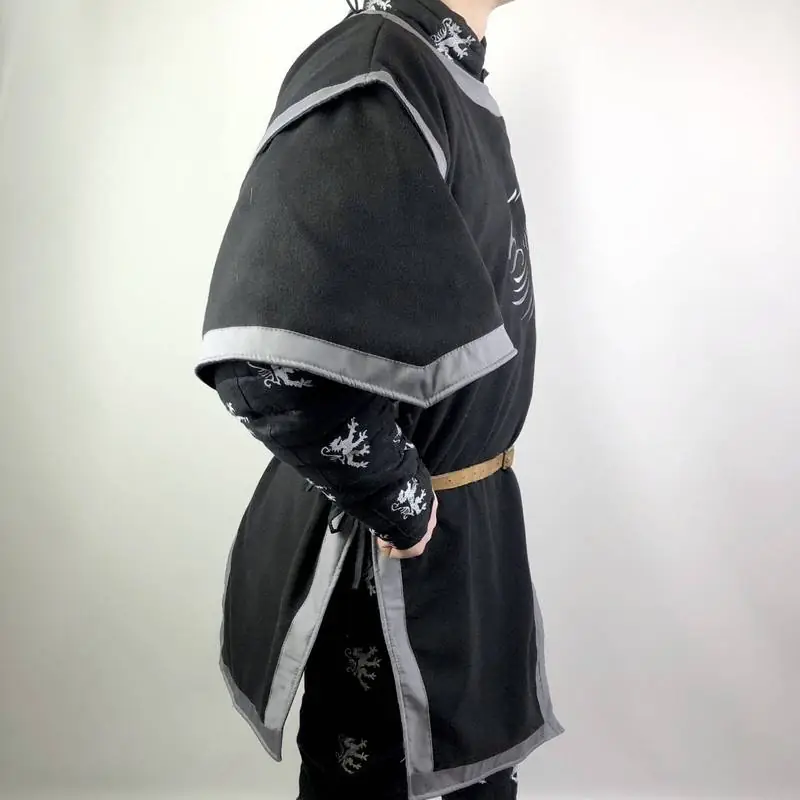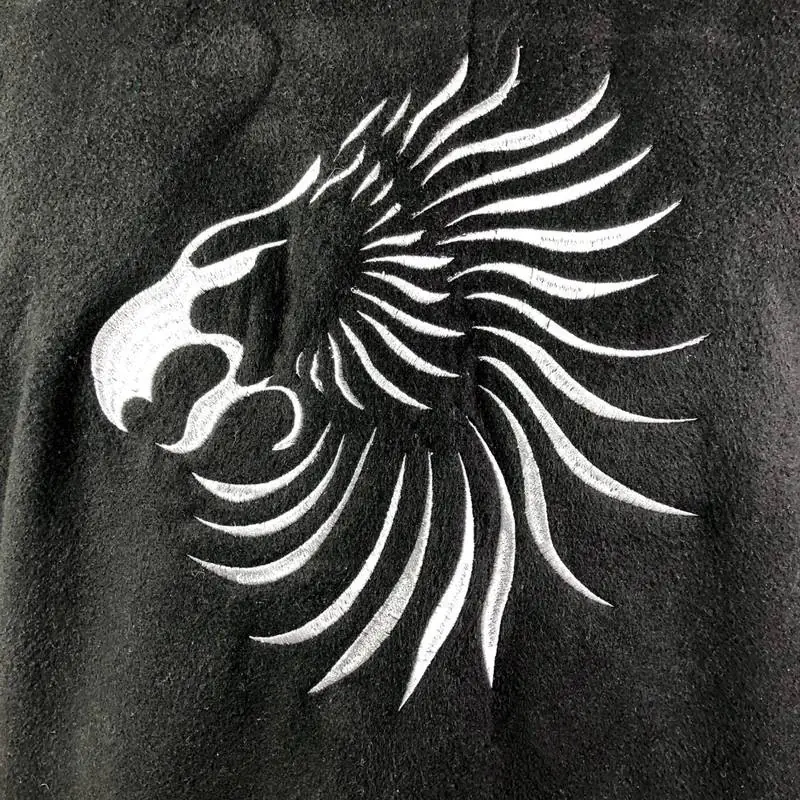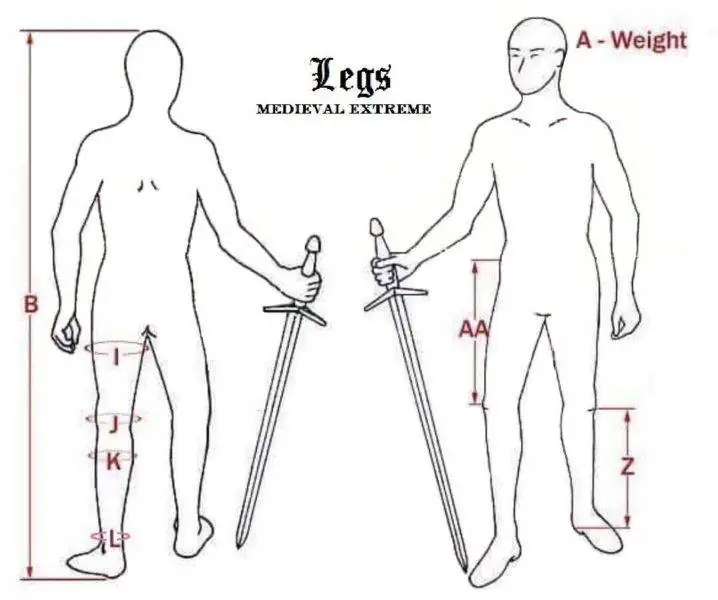Description
The tabard to cover your armor on a battlefield.
Made of high quality wool – strong and durable.
Sleeves covers your shoulders and elbows and hides the gaps on your armor.
Need a custom logo to personalize your tabard? Easy-breazy – just send us your picture!
The belt is not included.






























![Medieval boots with sabaton combo [9 segments]](https://medievalextreme.com/wp-content/uploads/2022/02/0B2858F1-F3BC-42F6-904F-6F9F475F4EB6-350x350.jpeg)





Extremely happy with the look and quality and can’t wait to buy more from medevil extreme
Light but durable, with good protection and grip.
Nice and solid Lobstertail, light and comfortable. Fitting perfect for gambeson or liner.
Amazing craftsman ship cant waur to test it out in the lyst thank you again med ex